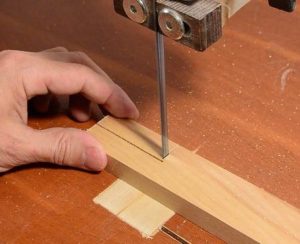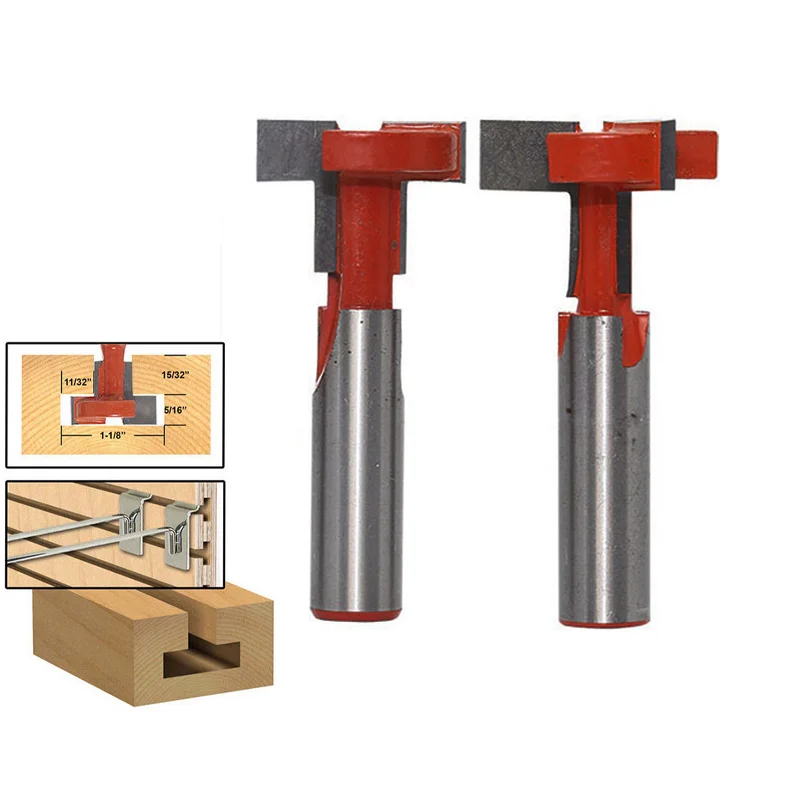Cutting A Deep Slot In Wood
Cutting Deep Slots In Wood First, it would Cutting Deep Slots In Wood be better if you chose a game Cutting Deep Slots In Wood from a world spread software provider. That’s because these pokies are more trustworthy. Moreover, a slot should be exciting to play, not boring. Beautiful visual, sound effects, music are needed there. If you want to use your Dremel tool for cutting wood, then the best option for you is to invest in a carbide cutting wheel. These bits are great at quickly cutting through even the toughest pieces of wood. For wood carving, you can get hardened high-speed steel bits or carbide bits. The carbide bits are more durable and will last you for a while.

This article is from Issue 35 of Woodcraft Magazine.
Solid connectors that allow wood movement
Many woodworkers have learned the hard way not to glue or screw a solid wood tabletop to its base. This can be a painful lesson in wood movement because a secured tabletop that shrinks during the dry season can crack in response. On the other hand, expansion during the humid months can cause the joint to blow apart at the apron.
The solution is to use fasteners designed for the job. The three most common forms are store-bought 'figure-8' and 'Z-clips' and shop-made wooden 'buttons.' They’re all easy to install and allow the wood to expand and contract seasonally. Keep in mind that wood moves only across the grain, so mount the fasteners appropriately, as shown in Figure 1.
Figure-8 fasteners
Figure-8 or “desktop” fasteners screw to both the apron and the tabletop, and can pivot slightly to allow some wood movement. These work well for smaller tables but, due to their limited swing, I wouldn’t use them for tops wider than about 18'.
To allow tabletop-to-apron contact, drill a recess for each fastener in the top edge of the aprons on the drill press before attaching the legs (Photo A). Position the screw location about 3⁄16' in from the inside edge of the apron. Chisel the edges of the recess to allow for swing, and then install the fastener with a flathead screw (Photo B). After assembling the table base, orient the side apron fasteners at an angle before screwing them to the underside of the tabletop.

Determine the necessary offset of the apron slot by measuring the clip offset and adding 1⁄32'.
A 1⁄8' slot cutter can rout clip grooves after the table base is assembled. Clamp a board to the apron to prevent router tip.
Z-clip fasteners
Z-clips are strong and offer a good choice for all sorts of tables (although they’re not very attractive). One end is screwed to the tabletop, while the other sits freely in a slot cut into the apron. To locate the apron slot, measure the offset of the clip (Photo C), and then add 1⁄32', which will ensure that the clip pulls the top tightly to the apron.
The apron can be slotted various ways. One approach is to cut a 1⁄8'-wide × 3⁄8'-deep groove on the tablesaw before attaching the table legs. Alternatively, cut the slots after assembly with a biscuit joiner set for a #20 biscuit or with a router outfitted with a 3⁄8'-deep slot-cutting bit and bearing (Photo D).
When attaching the tabletop, position the clips far enough from the side aprons to allow the appropriate amount of cross-grain wood movement. The end-apron clips should be seated fully in their slots. Attach the clips with panhead screws long enough to provide a good bite into the wood.

How much movement?
When calculating seasonal movement of a tabletop, figure roughly 3⁄16' per foot of board width. This determines how deep to place the fasteners in their side-apron grooves. For example, if you’re attaching a 24'-wide tabletop during the most humid time of the year, seat side-apron clips fully in their grooves. In the driest season, set them back 3⁄16' to allow for future expansion. For wide tabletops, use large buttons with longer tongues that slip into deeper apron grooves.
Wooden buttons
Wooden buttons are used to attach tabletops on much high-end furniture. They’re very strong and exude an aura of fine craftsmanship. You can make a bunch at one time and save some for use on future projects. Install them in the same manner as Z-clips.
To make buttons on a tablesaw, first mill a strip of hardwood 3⁄4 × 1 × 24' long for safe handling. Set up a dado head for a 5⁄8'-wide cut, and outfit your miter gauge with an auxiliary fence that reaches to the blade. Place a thick stopblock against the fence 1' to the side of the blade. Then clamp the stopblock to the fence a few inches in front of the blade and lock the fence.

Register the strip against the miter gauge and stopblock, to saw a dado on each end. Use a spacer to reposition the fence 15⁄8' further from the blade (Photo E), and then cut the next dado on each end. Reposition the fence and repeat the process to dado the rest of the strip (Photo F).
Bore a series of clearance holes for the screws (Photo G).
Saw each button from the strip by aligning the saw teeth with the rear of the adjacent button (Photo H). (For safety, stop the saw before moving each offcut button away from the blade.) Finish up by sanding decorative chamfers on the rear ends and sides of the buttons, as shown in the lead photo.
Cut a dado in each end of the button stock and then use a 15⁄8' spacer to reset the fence and stopblock for the next cut on each end (left). Continue in this manner to dado all the buttons (right).